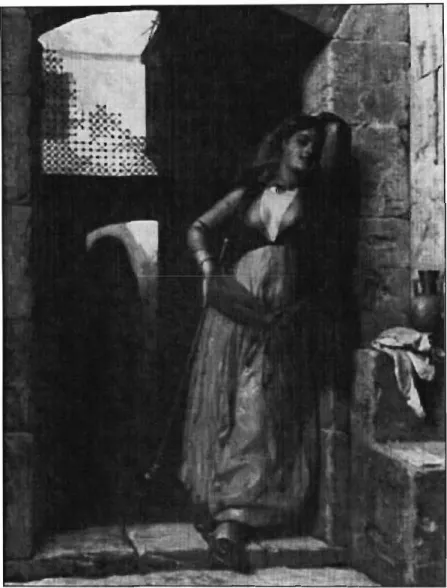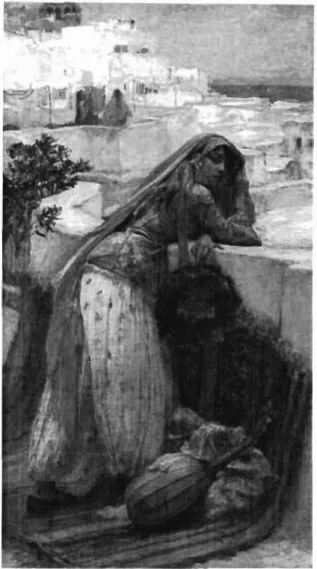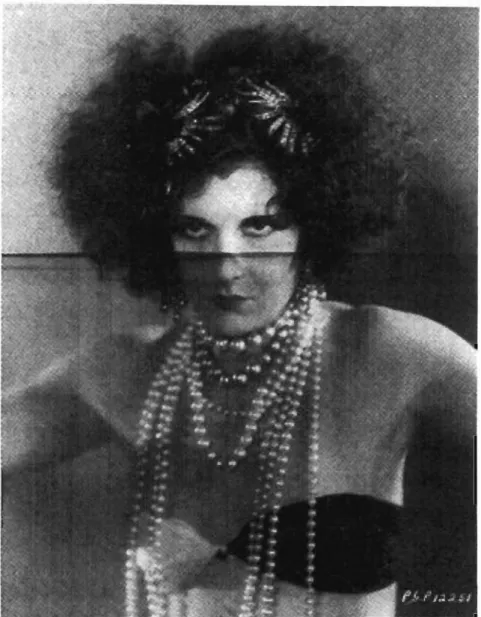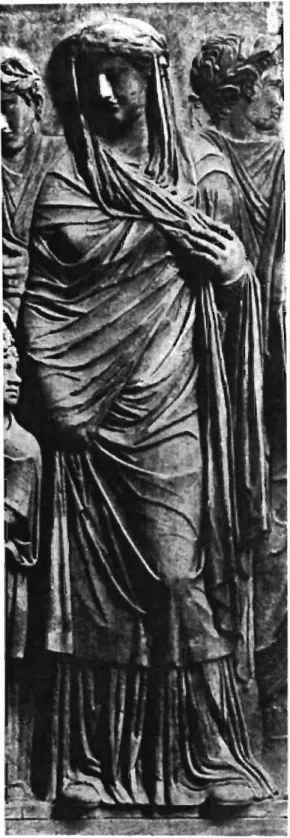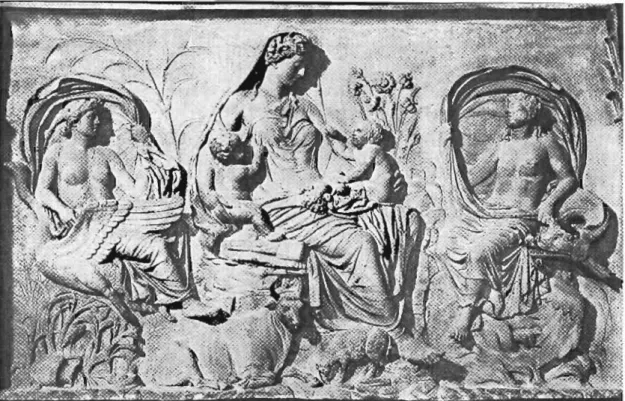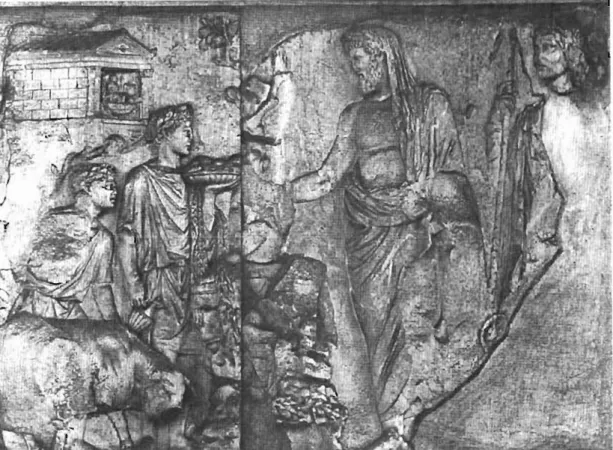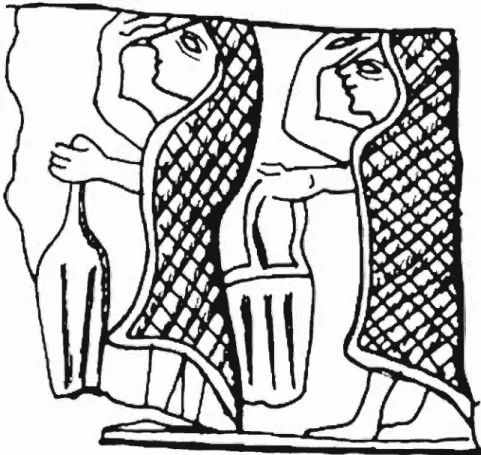All the Classics staff went above and beyond to help me complete my thesis. In this way, it becomes possible to understand how the veil became a marker for the positive forces of femininity and for the containment of the negative influences. In this context, the veil is recognized in almost exclusively Islamic terms, which informs most of the scholarship in the field.
The veil in this context becomes a representation of the oppression of women in countries such as Saudi Arabia and Afghanistan under Taliban rule. However, after the sexual revolution of the 1860s, classicists, like scholars in other disciplines, expressed a new interest in women's lives. In both cases, the veil becomes a metonym for a violent, oppressive, carnal and different woman.
Despite the veil's modern and ancient significance as a specifically feminine garment, discussions of male veiling in Rome are far more common in scholarly literature. Due to the lack of work in this area, a few points should be established first.
THE ANTHROPOLOGICAL CONTEXT: SEXUALITY, HONOUR AND SHAME
Llewellyn-Jones noted that the allure of the veil operates simultaneously on these two levels. Thus, neither women who are veiled (refuse to let themselves be looked at) nor those who reveal (engage in the discourse of vision) are passive recipients of the gaze. The victims of the evil eye tend to be both human (adults and children) and non-human (livestock and crops).
However, the veil serves not only to exclude the emanations (visual and otherwise) of others, but also to contain those of the wearer. 16.6), the purpose of the veil both denies visual contact with the viewer and at the same time prevents women from seeing out. Female sexuality and luxury threaten the virtues of the state and the individual.
For the Romans, having a sense of shame meant a sense of the presence of others. However, the motif of the veil as a wall or physical barrier that protects virtue is not limited to the Greeks.
THE VEIL AS A MARKER OF SOCIAL AND RELIGIOUS STATUS AT ROME
From the construction of the classic veil, we can imagine that it would be, just like rigid. The most recognizable examples of covering up to show respect are supplicants. Therefore, we must distinguish between sensitivity to powder and the manifestation of emotions.
These ceremonial uses of the veil usually involved rites of passage that occurred at various intervals during a person's life. Many veil associations emphasize progression through the different stages of a woman's life through the veil. Our most numerous depictions of it come from the time of the Principate29 and it would seem that Augustus tried to revive this practice in the same way that he promoted the veil.
29 For example, the young girl on the north side of the Ara Pads wears a toga. When conducting an investigation into the veil, a number of factors will need to be carefully examined.
DEFINING THE VEIL
More immediate influences than these can be found in the cultures of the Etruscans and the Greeks. A number of the Latin names for veils examined below are taken directly from Greek. However, it is still a good example of the ancient discussion of the veil of Roman women.
This confusion arises from a misunderstanding of how cover crops define what a cover is. In both cases they were made of wool and hung in loops from the wearer's head. If so, then the head and hair protection provided by the vittae mirrors the overall protection provided by the veil.
For this reason vittae will be part of our consideration of general custom. The use of infula, unlike vittae, is generally limited to a ritualistic or sacerdotal context. Sculptures portraying long-haired Vestals assimilate them to important women of the day.
Instead, its most common use is to denote the veiling of the bride during the wedding ceremony. Nonius' interpretation of rica is inconsistent with the evidence of the other ancient sources. Determining the color of rica is also problematic because there are three different descriptions of its shade.
The veil is used in many cultures to ward off the influence of the evil eye. It seems highly unlikely that this is the case as Dragendorff has ignored most of the evidence. The use of the veil as dictated by circumstances conforms to some degree to the more ritual use.
THE MORAL REFORMS OF AUGUSTUS AND THEIR INFLUENCE ON VEILING
One of the principles that will need to be examined is the notion of the woman as embodying the private sphere. With the veil as a signifier of the principles of limited female sexuality, its role in distinguishing social status must become important. At the opposite end of the spectrum is the interpretation of Augustus' goal as highly idealistic.
Because of the new blurring between state and family, public and private, women would be of great importance in regulating these conditions. This environment, which must be seen in the light of the previous civil wars and what Syme has called the "Roman Revolution". The consequences of uncovering this conspiracy leave little doubt about its seriousness.
While in the Hellenistic mind this nakedness was associated with the divine status of the ruler, Zanker. Suetonius here records Augustus's conscientious manipulation of the cultural markers that the Romans used to define their society. Undoubtedly, women in the Greek world were usually veiled, but this practice did not contradict the Roman ideal, but confirmed its virtue.
This practice not only ensures the artistic integrity of the source, but also allows for a form of moral continuity. Like the toga, women's dress and the virtue that this dress signified ensured the new stability of the state. Despite the text's interest in the deeds of the past, he places his Pudicitia firmly in the present.
That the pudicitia was of thematic interest to the first Princeps is evident from the recurrence of the subject in both times when he held the power of censorship and the language of Valerius Maximus. MacMullen mistakenly assumes that Plutarch is talking about women in the Greek parts of the empire. Despite their conflicting accounts of the same story, both authors in fact see obfuscation as a desirable condition.
THE VEIL IN AUGUSTAN ART
CONCLUSION
This ideal of sexual behavior became especially important in light of the way the civil wars and the remedies for the ills they had caused were understood in terms of gender. Understanding that a decline in morality played a major role in the collapse of the republic, the Romans assigned much of the political responsibility to women. It is this archaism that attempts to simplify gender relations, which were very complex in the years of the late republic.
A woman's sexual purity was ensured and represented by her use of the veil. In this setting, the veil marked the believer as subject to the will of the gods and was also able to protect the person as they interacted with the numinous realm. This protective quality of the covering was also important during the various stages of a person's life, during which the transition took place from one state to another, when they were removed from the normal protection offered by their place in society.
This practice helps explain the veiling of the bride, as well as veiling during mourning. It therefore seems likely that, in terms of the hypothetical lex de pudictia, dancing was the subject of a legal decree. Part of the reason for this is a misunderstanding of how the artistic tradition portrays veiling.
After identifying the meaning of this gesture, it becomes clear that representations of veiled women are very common in the art of the Augustan period. Because of the generally public nature of Roman art, these images formed an important part of the Augustan program. This thesis sought to prove that veiling was the standard practice of Roman women and focused particularly on the time of the early empire.
In this way the Romans explained the failure of the Republic, attributing its broader failure to an insidious decline within the Roman household. Images of veiled women, especially women from the imperial household, came to symbolize the new ethos. I explored how during this time the practice of the veil, an example of female chastity, was revived and became a household name.
5 & |
SAIVIA'G " •
